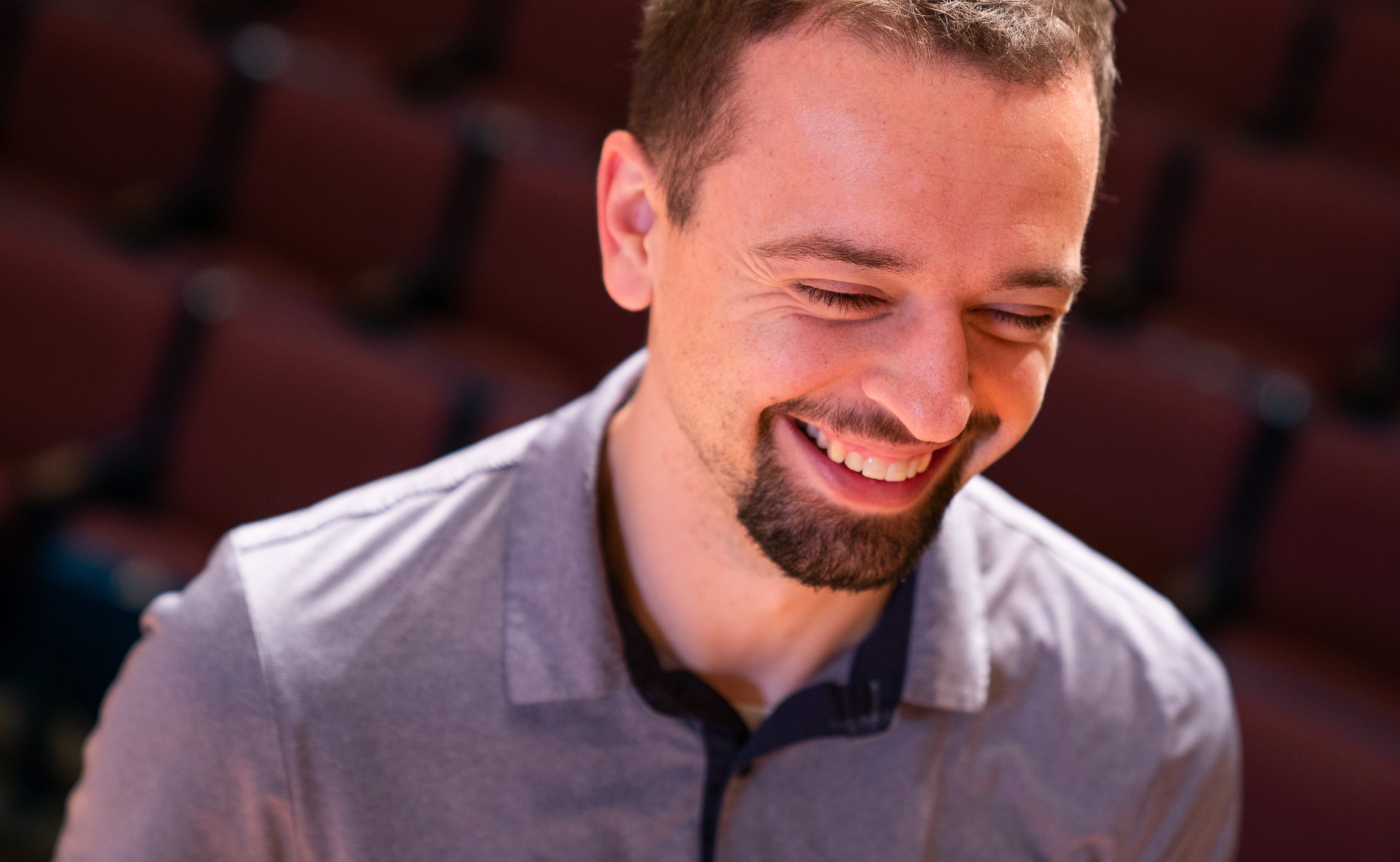HUTIA TE RITO
For SATB with piano and percussion
Sheet Music
Available for SATB with piano and percussion. Sheet Music available with Santa Barbara Music.
Hutia te Rito
Hutia te rito
Hutia te rito o te harakeke
Kei hea te kōmako e kō?
Kī mai ki ahau
He aha te mea nui?
He at ate mea nui o te ao?
Māku e kī atu
He tangata! He tangata! He tangata, hī!
(Translation)
Pull out the shoot,
Pull out the shoot of the flax bush
Where will the bellbird sing?
Say to me
What is the greatest thing?
What is the greatest thing in this world?
I will say
The people! The people! The people
Composer Notes:
To say that writing this composition wasn’t a challenge would be a lie. This composition brought me on one of the largest journeys of any of my pieces. Around this time I was struggling with my musical identity in this world. I was questioning my abilities as a composer and music educator. At large, I was comparing myself to others and feeling inadequate as a result. In addition, I was terrified to set this text. Being a white male, I felt nervous setting a text of another culture, especially after just taking my music history seminar on Exoticism, in fear that I would be depicting a culture in an inaccurate or “exotic” light. Lastly, with every minute of the news caked in stories of division in the human race, I could not help but feel depressed about this world and how people were treating one another. With all that swirling in my head, I began my work for Mark Stamper, director and founder of the professional choral ensemble Inspirare (based in New Zealand).
In order to respectfully capture this text, I first turned to an authentic recording of this traditional waiata chant to understand the natural flow of the language and to capture a glimpse of how the chant is appropriately performed by tribes of Northern New Zealand. As I was doing this, I began to study the meaning of this text in order to reverently set the words. This brought me to a description on the website for MENZA (Music Education New Zealand) that stated the following. “The flax is a symbol of family unity and the maintenance of close family connections, both between generations and among relations. The family of leaves remain within their cluster, just as people remain within their particular hapu or iwi. The flax plant grows from the center. The first shoot divides into the father and the mother, and between them a child shoots up. As this continues to happen, the original parents become grandparents and so on, and you can have many generations in the same plant. The new shoot always grows in the middle. When you cut a leaf from the flax, always cut it from the outside, because if you take the center it destroys the whole plant”.
After my research had ended, I knew that I wanted to capture a few ideas regarding growth and family while also tipping my hat to the authentic chant and combining it with novel musical ideas. In this piece, it starts off with the original chant (optional). From there, I saw it necessary for the piece to expand harmonically, just as the flax does, with the men singing “ooo.” In this moment, the percussion also enters, representing the heartbeat of a family. The piece does not expand again until the return of the chant, this time in the form of a round. I did this to both capture the meditative feel of the original chant and to represent multiple shoots coming up from one plant. From this moment on, the piece grows dynamically while the question is repeatedly asked, “what is the greatest thing in the world?” Finally at the climax, the answer to this question is offered, “The people!” Throughout the entire song, the original chant is brought back in various thematic ways to represent both the passing along of tradition and how tradition can grow from one generation to the next.
Surround yourself with people who care about you. Remember that you are only made stronger by those whom you choose to surround yourself with. Care for your neighbor as you would want them to care for you and this world will become a better place. Reach out to those you would normally not reach out to and share happiness and light with them. After all, are we not descendants of the same flax plant?
~Zachary J. Moore



